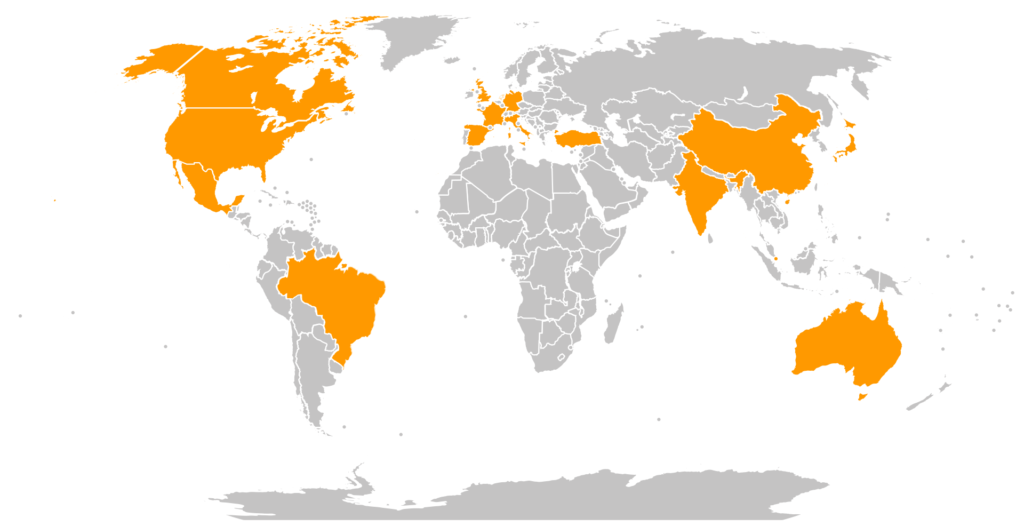
While most FBA sellers get started in their own domestic market, it’s worth thinking about expanding into different Amazon marketplaces. Amazon is now in more than 25 different countries, and is introducing new markets all the time.
The US is the big one, of course. Amazon now owns fifty percent of all US e-commerce, an amazing amount. If you’re based outside the US, it’s well worth considering entering this market for a big impact on your sales numbers. But remember that you will also find it’s a competitive market, so plan to invest properly in your product launch.
Canada is not a big stretch for American sellers, and retail trends are similar, though not identical. Over 83 percent of Canadians have bought American products online, so there’s no problem with customer perception.
However, to sell in Canada (and in Mexico) you’ll need a North American Unified Account. You can request an upgrade via Seller Support, though you may already have one. Canada also requires you to register your business as a Non-Resident Importer.
You don’t (except for a few products) actually need to have French labeling for Quebec, but Quebeckers are much more likely to buy if you have labeling and content in French.
Let’s move on to Europe. First off, Europe is not a country, and if you treat it like one, you’re going to have a tough time. You really need to treat each country separately, with translations of all your content, including videos and text on your images. Even with the UK, you need to put some time into localizing the language, as US and British English are not the same.
You might want to think about localizing lifestyle photos too. Homes and townscapes are rather different from in the US, so ask a local partner to get things looking right.
Germany (Amazon.de) is the biggest European market, with the UK the next biggest. But Amazon is also getting significant traction in France, where a significant rural population makes it useful for getting stuff that you won’t find in a local store. Amazon also operates in Italy, Spain, and the Netherlands, and opened a Belgian marketplace in 2022.
Further afield, Japan is a more difficult market to enter; you need a Japanese import partner (an IOR – Importer Of Record), and obviously translation is going to be a big issue. But it’s one of the top four marketplaces on Amazon, and represents a 120m-plus consumer market. Added to this, if you source from China, it’s real easy to get your products shipped to Japan.
Huge growth is coming in India, where there is a huge young middle class (really connected, avid mobile users) looking for fashion, electronics, and home accessories. As with Japan, you’ll probably need a local partner, and you’ll definitely need to put some work into understanding this particular market, but it should pay off if you get things right.
Coming next: South Africa, Colombia, Nigeria, and Chile!
But if you’re headed abroad, you need to get your documentation right. First off, you need to check whether your product is regulated, and if so how; for instance, vitamin supplements, toys and electronics may need different certifications. You’ll also want to check local tax (Amazon is a big help here compared to going direct) and remember to check your eligibility to sell the product on that marketplace (different rules may apply).
Amazon will usually handle currencies for you, though in some cases you’ll need a local bank account. Don’t forget to have your labeling translated, and get the right products sent to the right countries (it’s easy to slip up).
And too easily forgotten, work out how you’ll provide local customer support, given language and time zone differences.
International Amazon isn’t for total beginners, but it can give you a lot of growth for a modest amount of effort. So: where are you going this year?
